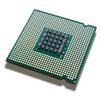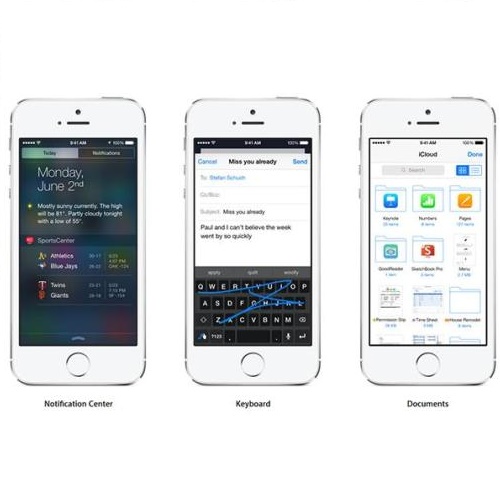The Compute Express Link (CXL) technology facilitates the extension of CPU memory through byte-addressable SerDes links and cascaded switches, creating complex heterogeneous memory systems where CPU access to various endpoints differs in latency and bandwidth. Effective tiered memory management is essential for optimizing system performance in such systems. However, designing an effective memory tiering system for CXL-extended heterogeneous memory faces challenges: 1) Existing evaluation methods, such as NUMA-based emulation and full-system simulations like GEM5, are limited in assessing hardware-based tiered memory management solutions and handling real-world workloads at scale. 2) Previous memory tiering systems struggle to simultaneously achieve high resolution, low overhead, and high flexibility and compatibility. In this study, we first introduce HeteroBox, a configurable emulation platform that leverages real CXL-enabled FPGAs to emulate the performance of various CXL memory architectures. HeteroBox allows one to configure a memory space with multiple regions, each exhibiting distinct CPU-access latency and bandwidth. HeteroBox helps assess the performance of both software-managed and hardware-managed memory tiering systems with high efficiency and fidelity. Based on HeteroBox, we further propose HeteroMem, a hardware-managed memory tiering system that operates on the device side. HeteroMem creates an abstraction layer between the CPU and device memory, effectively monitoring data usage and migrating data to faster memory tiers, thus hiding device-side heterogeneity from the CPU. Evaluations with real-world applications show that HeteroMem delivers high performance while keeping heterogeneous memory management fully transparent to the CPU, achieving a 5.1\% to 16.2\% performance improvement over existing memory tiering solutions.
翻译:暂无翻译




